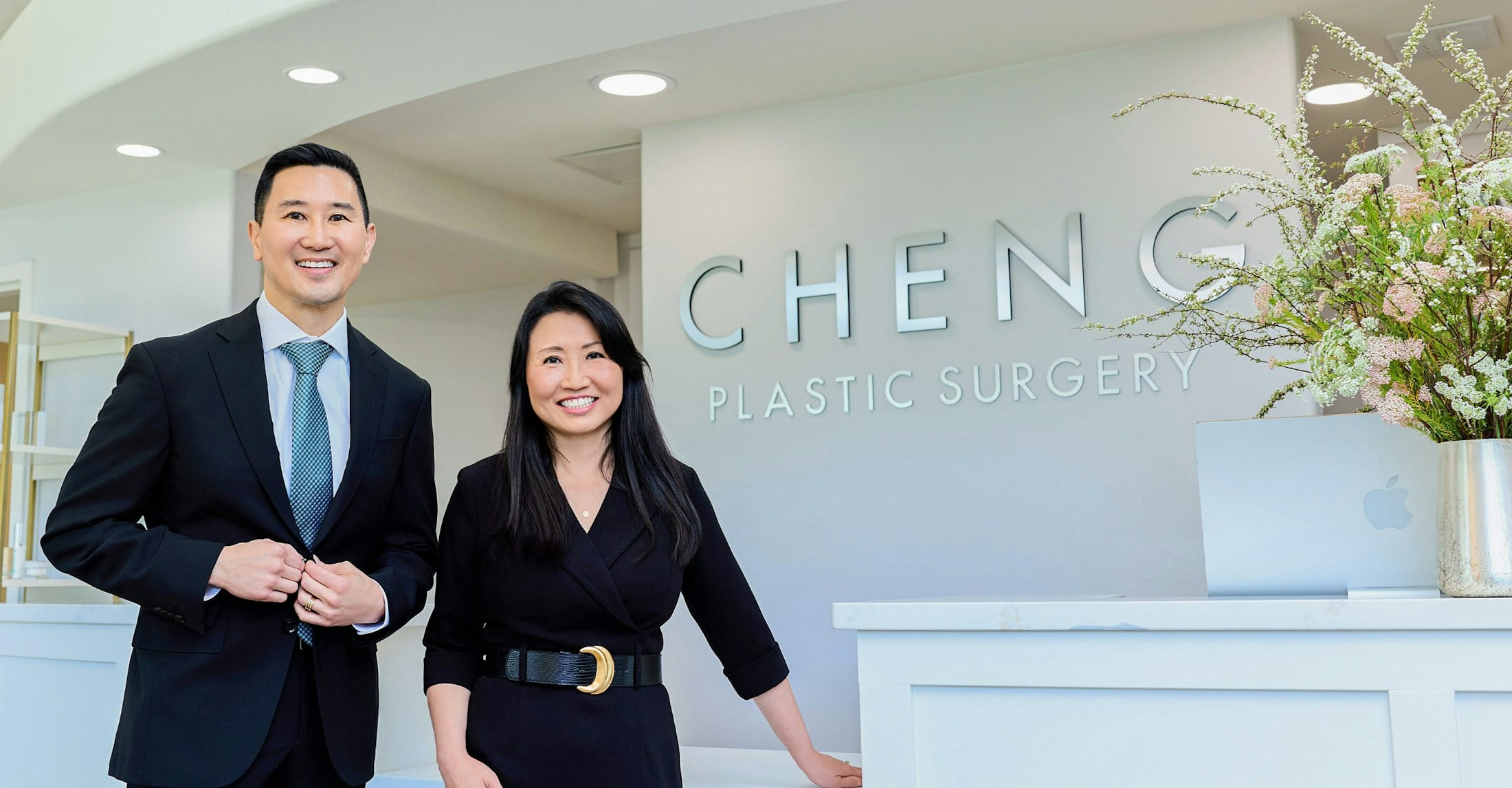Reconstructive surgery restores the form and function of a body part. Although it may also improve the aesthetics of a body part, this is not necessarily its primary usage. Reconstruction is typically used to repair and restore structural abnormalities that may be congenital or the result of disease, trauma, infection or burns.
Is There A Common Technique for Reconstructive Surgery?
While the specifics may vary greatly, reconstruction typically involves rebuilding the area to be repaired, then molding or shaping it. One of various “flap techniques” may be used to replace tissue loss over virtually any part of the body.
A flap is a piece of “live” tissue that is still attached to the body by a major blood vessel. It is comprised of skin, fatty tissue and sometimes muscle. This flap is grafted onto or set into the target site.







